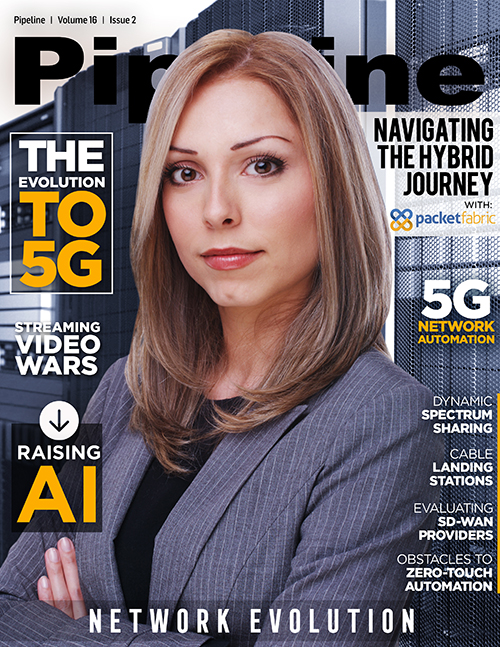Opening Up New Possibilities with Dynamic Spectrum Sharing Technologies
By: Martha Suarez

As the industry looks to deploy 5G and faster connectivity, dynamic spectrum sharing technologies are playing a crucial role in the development of future networks. With the next-generation of Wi-Fi, named Wi-Fi 6, sharing spectrum models like the Citizens Broadband Radio Service (CBRS) in the U.S. and the Internet of Things (IoT) just around the corner, dynamic spectrum access will enable new kinds of networks and allow the participation of new stakeholders, opening up new opportunities for the industry and better connectivity for the users. There are numerous applications that spectrum sharing is relevant for, especially those that require high bandwidths and throughput.
At present, current networks will not be able to cope with the additional coverage and capacity demands that next-generation technologies, such as 5G and the IoT, will bring. Many efforts have been taken in recent years to identify more spectrum for 5G, and it is important to keep in mind that 5G will need a balance between licensed and unlicensed spectrum. To ensure we are taking full advantage of the wireless opportunities of spectrum sharing, the 6 GHz band should be considered for unlicensed use and new sharing schemes should be regulated, opened up and utilized.
Statista Research Department predicts that the total installed base of IoT connected devices will reach 75 billion worldwide by 2025, so now is the time to deploy solutions that will allow ultra-fast and reliable wireless connectivity. Dynamic spectrum sharing is crucial to making efficient use of the spectrum and adding capacity where it is needed.
The success of CBRS
CBRS is an example of a spectrum-sharing success story, with the first commercial deployments expected by the end of the year. CBRS is a three-tier sharing model, created in the U.S. to accommodate a variety of commercial uses on a shared basis with incumbent federal and non-federal users of the band. Access and operations will be managed by a dynamic spectrum access system. Database and location identification technologies are used to protect incumbent services, and this model enables the most efficient and intensive use of the 3.5 GHz spectrum that is critical for 5G. The three tiers are: Incumbent Access, Priority Access, and General Authorized Access.
Incumbent Access users include authorized federal and grandfathered Fixed Satellite Service users currently operating in the 3.5 GHz Band. Under the rules promulgated by the FCC, these users, particularly including U.S. Navy radar operators, will be protected from harmful interference from Priority Access and General Authorized Access users.
The Priority Access tier consists of Priority Access Licenses (PALs) that will be assigned using competitive bidding in a portion of the band. The General Authorized Access tier is licensed-by-rule to permit open, flexible access to the band for the widest possible group of potential users. General Authorized Access users are permitted to use any portion of the 3550 – 3700 MHz band not assigned to a higher tier user and may also operate opportunistically on unused Priority Access channels.
The deployment of a three-tier model allows spectrum sharing to open up opportunities for new stakeholders while still protecting incumbent users in the band. Rather than spectrum going unused, general authorised access users can start using the spectrum if the higher tiers are not being fully utilized. Licensed access and general access will provide opportunities for both large and small entities to promote greater deployment.
CBRS provides an exciting opportunity for the wireless industry to grow and develop. Use cases and deployment strategies that address the needs of the customer, however, will be a key element of CBRS’s success.



















